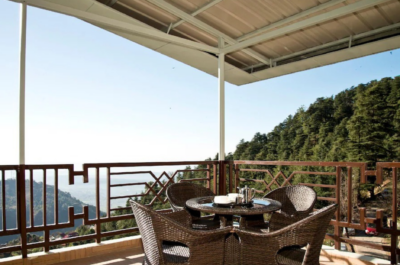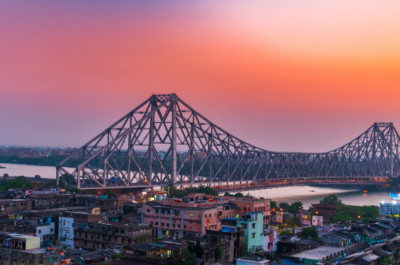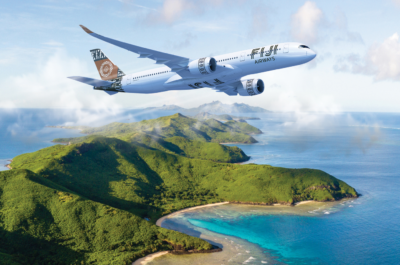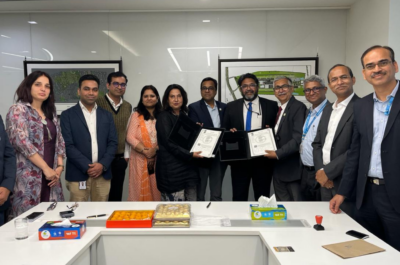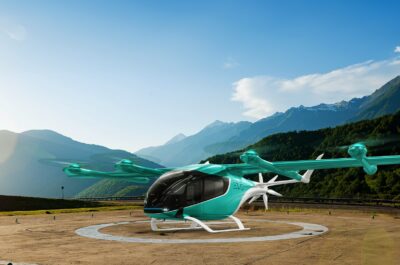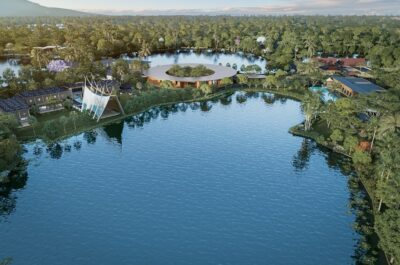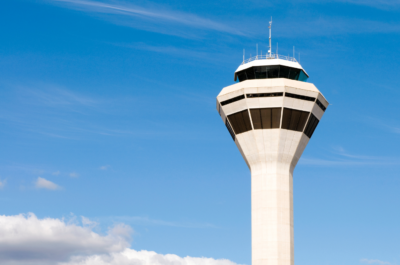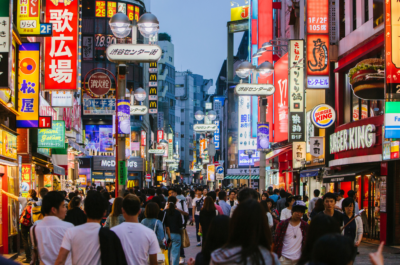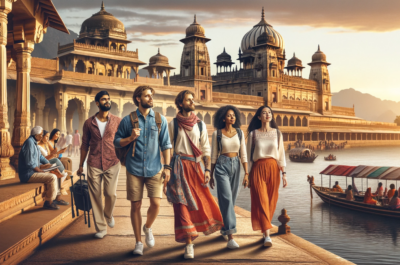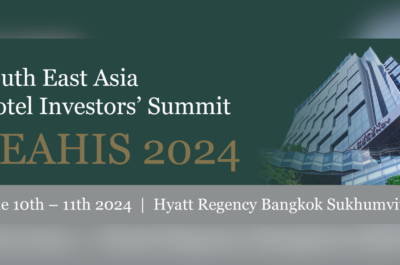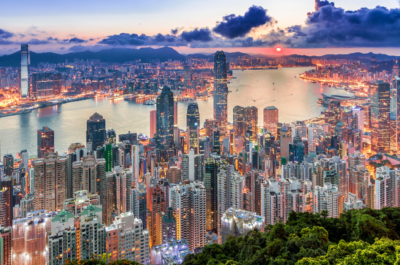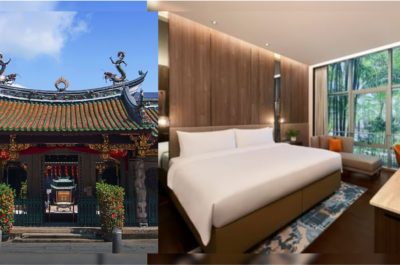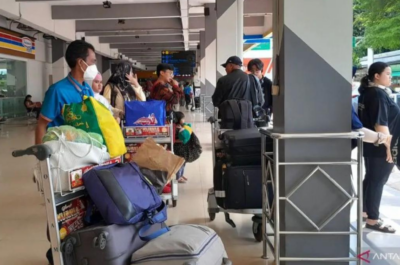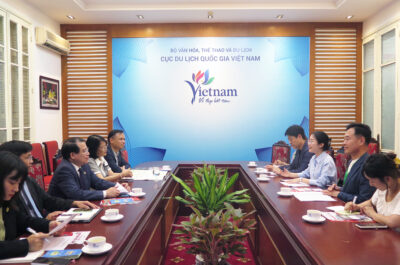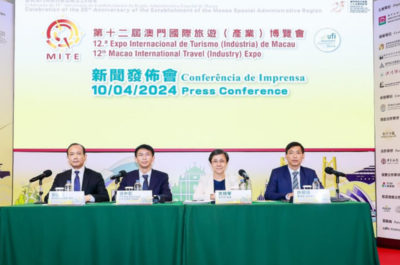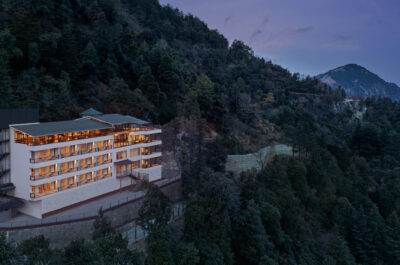The last 80 or so river dolphins in the Mekong River are at the heart of an ambitious development programme to tackle poverty and attract tens of thousands of visitors to two of the poorest provinces of Cambodia. The Mekong River Discovery Trail Project will draw visitors to view the endangered fresh water dolphin which lives in 10 deep water natural pools in a 190-km stretch of the Mekong River, mostly between the quiet provincial capitals of Kratie and Stung Treng…
 The last 80 or so river dolphins in the Mekong River are at the heart of an ambitious development programme to tackle poverty and attract tens of thousands of visitors to two of the poorest provinces of Cambodia. The Mekong River Discovery Trail Project will draw visitors to view the endangered fresh water dolphin which lives in 10 deep water natural pools in a 190-km stretch of the Mekong River, mostly between the quiet provincial capitals of Kratie and Stung Treng.
The last 80 or so river dolphins in the Mekong River are at the heart of an ambitious development programme to tackle poverty and attract tens of thousands of visitors to two of the poorest provinces of Cambodia. The Mekong River Discovery Trail Project will draw visitors to view the endangered fresh water dolphin which lives in 10 deep water natural pools in a 190-km stretch of the Mekong River, mostly between the quiet provincial capitals of Kratie and Stung Treng.
The main objective of the Discovery Trail is poverty alleviation. About 50% of all households in Stung Treng and 30% of those in Kratie live on less than US$1 a day. “The Mekong River Discovery Trail Project aims to bring about sustainable pro-poor tourism that helps develop Northeast Cambodia,” says Dr Harsh Varma, Director of Development Assistance Department of the World Tourism Organization.
While Cambodia’s tourism arrival statistics show growth in excess of 20% a year, it is not equitably distributed, says Ms Anne-Maria Makela, Senior Tourism Advisor for SNV Netherlands Development Organisation. “Too much of it goes to Angkor and Siem Reap. We want to bring more communities into the tourism picture, either as employees or as suppliers to the tourism industry.”
In addition to 80,000 domestic tourists, the Cambodian government says that about 10,800 international visitors, mostly backpackers, visited Kratie in 2006, 35% up on the previous year. It estimates that 4,000 visited Stung Treng, an increase of 20%. Nearly all stayed in guest houses for less than US$5 a night and took motos, bicycles, motorbikes and longtail boats to see the dolphins, which must break surface every few minutes for air.
By seeking out the dolphins, backpackers have indicated the potential to the Cambodian Ministry of Tourism, which is now mobilising money and expertise from SNV and the World Tourism Organization (UNWTO).
A study conducted jointly by SNV and the International Finance Corporation found that only 12% of the US$3.12 million dollars spent by tourists in Kratie in 2006 returned to people from a poor or near poor background. However, SNV says that when tourism spreads its roots this figure is likely to expand to around 30%. The survey showed that 80% of people working in the accommodation and restaurants in Kratie came from very poor families.
As part of the project to attract tourists to the Mekong, villagers near the pools will be encouraged to diversify economic activity away from fishing. Local authorities believe fishing is depleting the dolphins’ food supply.
Fishermen will be encouraged to take visitors to see the dolphins and sell food and drinks instead.
“No dolphins means no tourism. No tourism means no development,” says Dr Thong Khon, Cambodia’s Minister of Tourism.
“Our challenge is to secure the long-term viable future of local communities and the river dolphin. Our priority is to build community awareness as well as hotels, guest houses and a boat jetty in Kratie to encourage more visitors.”
Phase I of the project, the Tourism Development Master Plan for Kratie town, was completed in September 2007. Phase II, the design and development of the Mekong River Discovery Trail, community based tourism and training, will start in December 2007.
The project will only directly help selected villages along the route. However, the UNWTO believes “backward linkages” such as tourism demand for agricultural produce will indirectly help hundreds more. The UNWTO and its partners admit they will need to carry out a lot of public awareness and training programmes, as well as build jetties and seek investors for hotels.
Access and infrastructure in Kratie and Stung Treng are problematic. There is no international standard hotel. There is no local airport. The nearest is in Phnom Penh, a five-hour road trip or a six-hour congested public boat trip away.
Nevertheless, budget travellers and a few tour groups have already ‘discovered’ Kratie, which still has some architecture and ambience from the French colonial period. Visitors to Kratie and Stung Treng praise the simple pleasures of travelling in country lanes near the river. There are enjoyable chance encounters with monks, school children and villagers in riverside huts selling snacks and toddy palm drinks. Apart from seeing the dolphins, gathering by the Mekong to watch the sun go down across the river is part of Kratie’s simple appeal.
The few tour groups that do visit Kratie tend to only spend an hour or so viewing the dolphins, a nearby temple and a rubber plantation. The groups then continue on to the mountains and hilltribe attractions of Rattanakiri province before returning to Phnom Penh or Siem Reap, where the Angkor ruins are.
“Kratie has potential,” says Mr Luzi Matzig, Group CEO of Bangkok-based tour operator Asian Trails. “But there needs to be a lot more investment in three-star accommodation, restaurants and riverine attractions before it becomes a significant destination.”
“What I do like about the place is the charm and friendliness of the people and the feeling that you’re part of an authentic Khmer experience.”
Theodore is the Co-Founder and Managing Editor of TravelDailyNews Media Network; his responsibilities include business development and planning for TravelDailyNews long-term opportunities.













































